15/12/2012
Jules Henri POINCARE Thèses présentées a la Faculté des sciences de Paris pour obtenir le grade de docteur des sciences mathématiques. 1re These. Sur les propriétés des fonctions définies par les équations aux différences partielles. 2e These
Thèses présentées a la Faculté des sciences de Paris pour obtenir le grade de docteur des sciences mathématiques. 1re These. Sur les propriétés des fonctions définies par les équations aux différences partielles. 2e These. Propositions données par la Faculté. Soutenues le 1er aout 1879, devant la commission d'examen.
POINCARÉ, Jules Henri.
Titre : Thèses présentées a la Faculté des sciences ...
Éditeur : Gauthier-Villars, Paris
Description :
14:59 | Lien permanent | Commentaires (0) |  |
|  del.icio.us |
del.icio.us |  |
|  Digg |
Digg | ![]() Facebook
Facebook











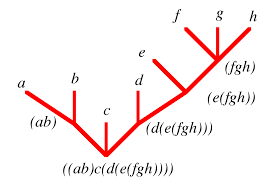


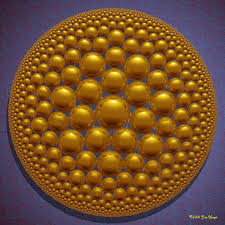
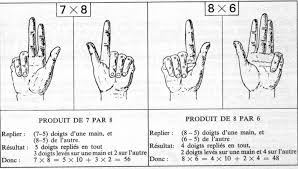


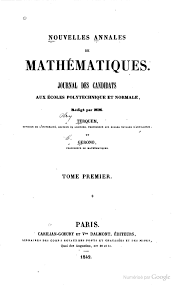


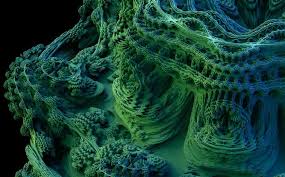


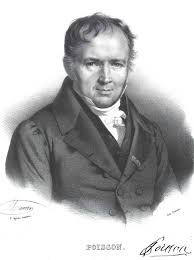

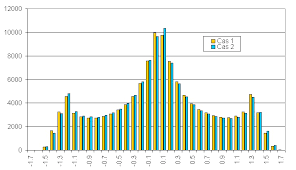
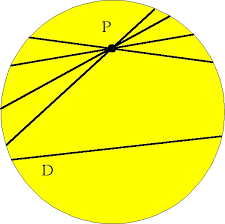


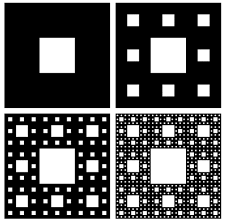
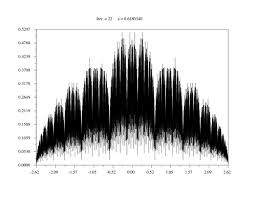
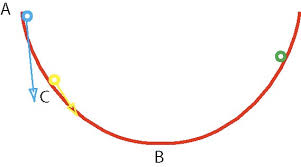

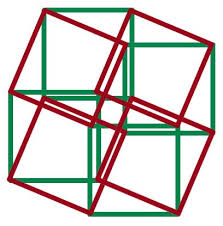



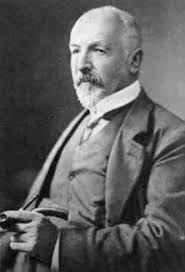

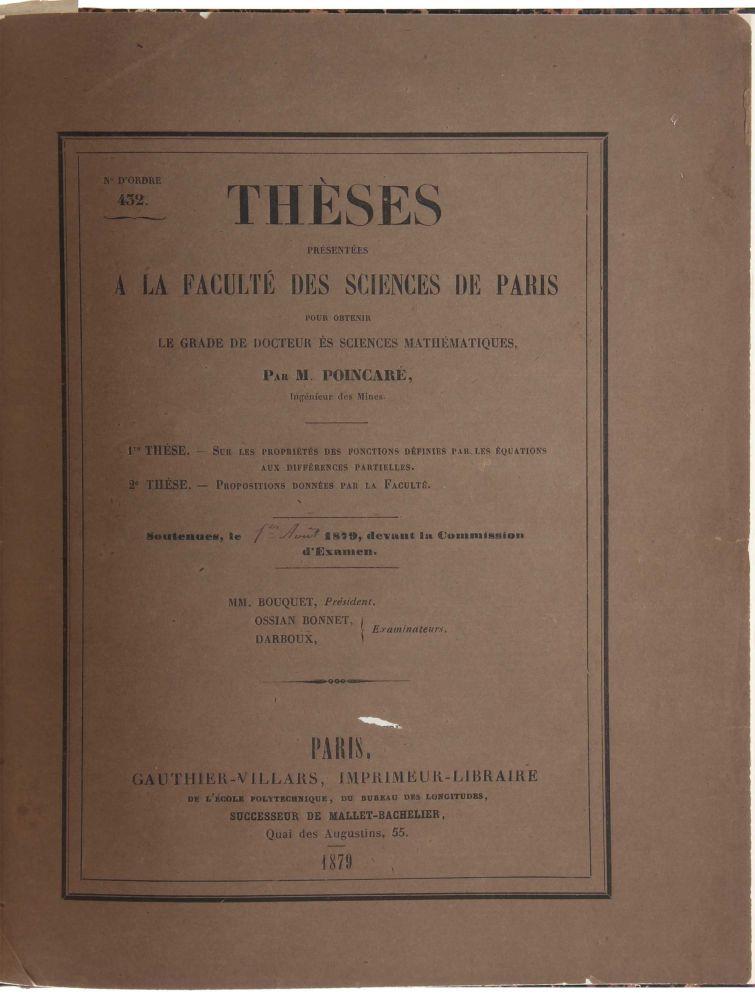
Les commentaires sont fermés.